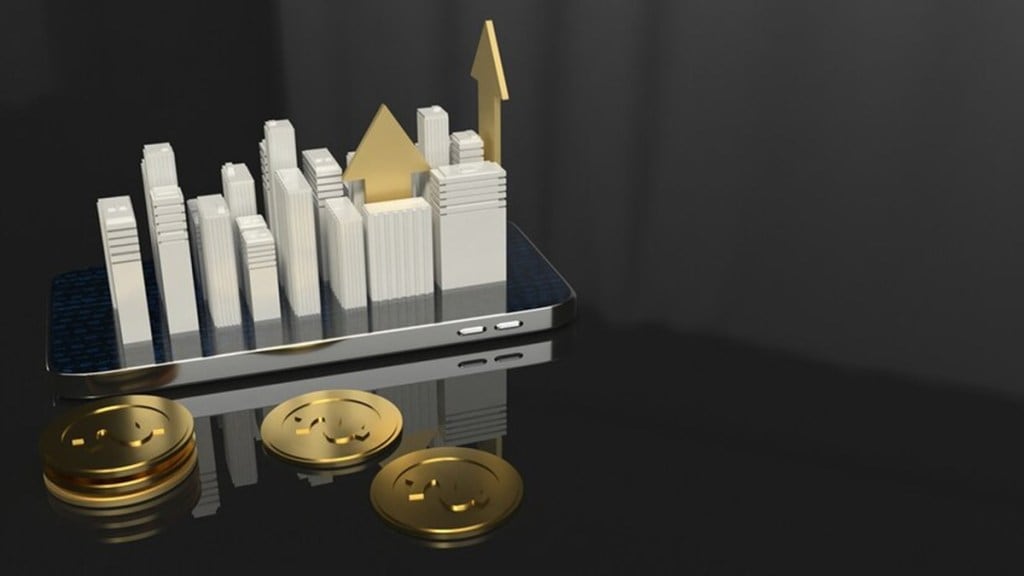India’s retail inflation, measured by consumer price index (CPI), eased to a 69-month low of 3.16% in April, as food prices plummeted, amplifying the chances of a third straight rate cut by the Reserve Bank of India in its June monetary policy review.
Headline inflation trended downward for the sixth straight month, and for the third month in a row, the print remained below 4%, the level where the Reserve Bank of India seeks to hold it on a durable basis. Retail inflation came in at 3.34% in March and 3.61% in February. The last time inflation was lower than the April level was in July 2019, when it stood at 3.15%.
Food price inflation fell to a 41-month low of 1.78% in April. Core inflation, which excludes volatile items like food and energy, however, has inched up since December 2024 (3.6%) to April 2025 (4.2%). Core inflation is believed to be a better gauge of domestic demand and more amenable to monetary policy.
Last month, the RBI lowered its key policy rate for a second consecutive time, and indicated more rate cuts by changing its policy stance to ‘accommodative’ from ‘neutral’. The repo rate currently stands at 6%.
A fair amount of monetary transmission has occurred after the rate cut cycle began, with leading banks cutting their lending and select fixed deposit rates.
The sustained disinflation trend augurs well for the economy, amid still-sluggish urban consumption. Easing of the concerns about global tariff war after the US-China temporary deal to cut tariffs from the punitive levels existed earlier, and the benefits to taxpayers from income tax cuts announced in the Budget, are expected to positively impact short-term economic growth.
“Moderating inflation should provide comfort to the Monetary Policy Committee (MPC) in undertaking further rate cuts. We expect a further 50 bps reduction in the policy rate in FY26,” chief economist at CareEdge Ratings Rajani Sinha said. Given the current inflation trajectory a further 25-basis point rate cut is expected in the June policy review,” chief economist at Crisil Dharmakirti Joshi said.
“If the GDP growth print for Q4 FY2025 does not report an acceleration from the 6.2% seen for Q3 FY2025, the MPC may consider front-loading the rate easing, with a 50 bps cut in the upcoming review,” chief economist at ICRA Aditi Nayar said.
In the first monetary policy statement of the current financial year last month, the RBI had cut the policy rates by 25 basis points to 6%. This was RBI’s second rate cut since January 2025 after keeping the rates steady February 2023.
The food and beverages with the weight of 45.86% in the CPI was up 2.1% in April and within this group pulses, spices and meat and fish saw deflation. Price increases of edible oils, fruits and vegetables during the month were, however, in double digits.
“Encouraging prospects for agricultural production, the arrival of fresh rabi harvest, and comfortable reservoir levels are positives for food inflation. IMD’s projection of an above-normal monsoon should support robust growth in agricultural output,” Sinha said.
The core inflation rate being the highest since November 2023 is indicative of signs of demand being steady, associate director at India Ratings Paras Jasrai said.
Clothing and footwear inflation in April was 2.67% on year, housing 3% and fuel and light 2.92%. The inflation rate for other miscellaneous items in the consumer basket was 5.02% in the month. Other items where the inflation rate was higher than the headline rate in April included health (4.25%), education (4.13%), transport and communication (3.73%(, personal care and effects (12.9%).
The temporary lowering of tariffs by the US and China helps in controlling the heightened uncertainty and volatility in the global economic environment and improving investor sentiments. “This has led to a correction in precious metal prices along with an increase in energy prices. Nevertheless, they remain benign and are expected to be so in the ongoing fiscal as per the latest commodity outlook by the World Bank,” Jasrai said.
Significant decline in both headline and food inflation rates were seen in rural sector in April, with the rates coming in at 2.92% ad 1.85% respectively. In the urban sector, headline and food inflation rates were 3.36% and 1.64% respectively for the month.
On a monthly basis, the CPI inched up 0.31% in April from March, and consumer food price index fell moderately by 0.15%.
The RBI-MPC revised inflation forecast for 2025-26 to 4% in April review, as against 4.2% seen in the February meeting.


